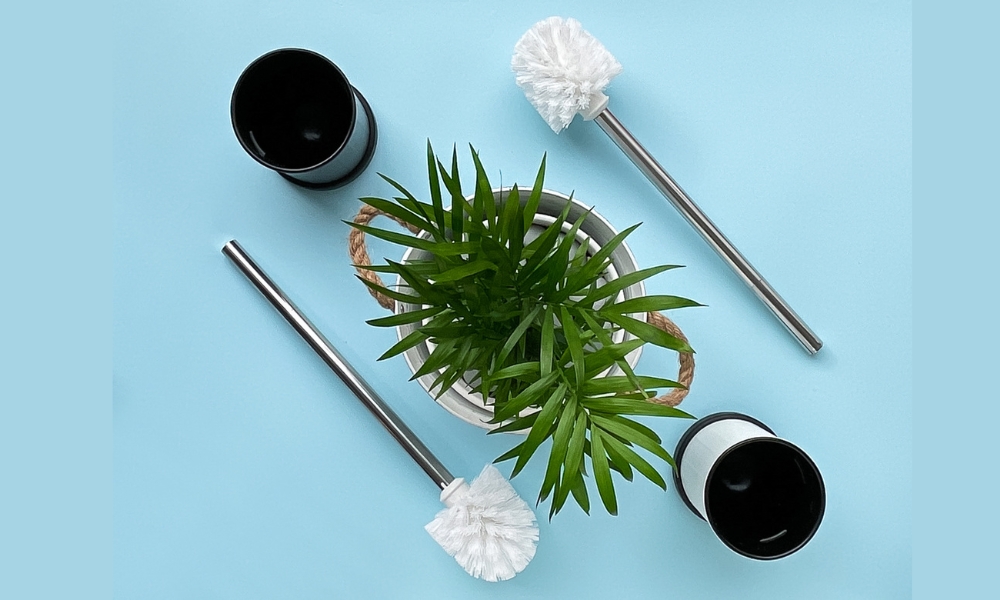Keeping your bathroom clean and hygienic is essential for a comfortable living environment, and one often overlooked aspect of this is maintaining the cleanliness of your toilet brush holder. Regular cleaning of your toilet brush not only helps prevent the buildup of germs and bacteria but also ensures a fresher and more pleasant bathroom experience. In this guide, we’ll walk you through the simple steps on how to effectively clean your toilet brush, ensuring a sanitary environment for you and your family.
Understanding The Toilet Brush Holders
The brush holder is a commonly used bathroom accessory designed to store the toilet when not in use. Typically made of plastic, ceramic, or stainless steel, it serves as a convenient and hygienic storage solution for the toilet brush. The holder usually consists of a container with an opening for the handle and often includes a removable inner liner for easy cleaning. Its purpose is not only to keep it within reach but also to prevent water and residue from dripping onto the bathroom floor, thereby maintaining cleanliness and tidiness in the bathroom.
Why Clean Your Toilet Brush Holder?
Cleaning It is an essential part of bathroom maintenance for several reasons. Firstly, the holder is susceptible to the buildup of bacteria, mold, and mildew over time, especially in damp environments like the bathroom. Regular cleaning helps prevent the accumulation of these harmful microorganisms, ensuring a more hygienic environment. Additionally, neglecting to clean the holders can result in unpleasant odors emanating from the brush and holder, which can permeate the bathroom and affect its overall freshness. By regularly cleaning the brush, you not only maintain hygiene but also contribute to a more pleasant and welcoming bathroom atmosphere for yourself and your guests.
Materials Needed
- Dish Soap Or Mild Detergent
- White Vinegar
- Bleach (Optional)
- Scrub Brush Or Old Toothbrush
- Rubber Gloves
- Microfiber Cloth Or Sponge
Step-By-Step Guide
Step 1: Empty The Holder
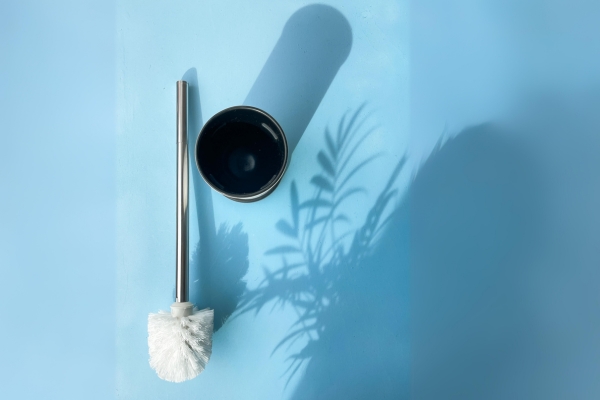
Begin by removing the toilet brush from its holder and emptying any remaining water and residue from the container. Dispose of any debris or buildup that may have accumulated at the bottom of the holders. This step ensures that you start with a clean slate before proceeding to the cleaning process.
Step 2: Prepare The Cleaning Solution
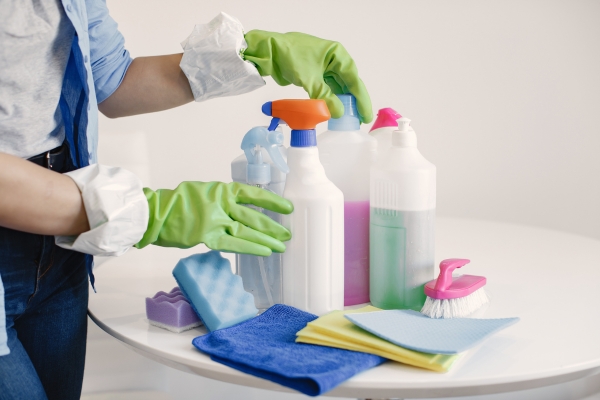
Next, prepare a cleaning solution to effectively clean the brush. You can use a mixture of warm water and a mild detergent or antibacterial cleaner. Alternatively, you may opt for a solution of equal parts water and white vinegar, known for its disinfectant properties. Mix the solution in a bowl or bucket, ensuring it is well-dissolved and ready for use. This cleaning solution will help break down dirt, grime, and bacteria, leaving your brush holder clean and sanitized.
Step 3: Soak The Holder
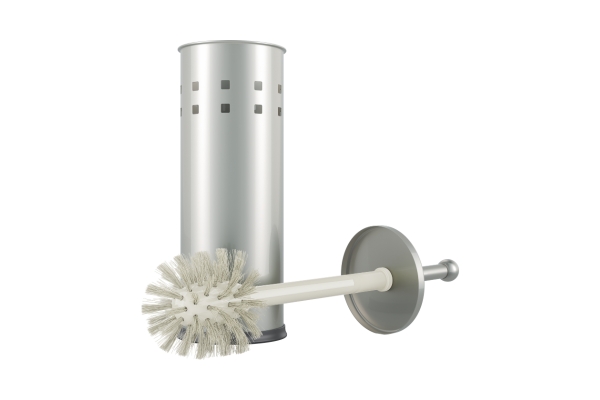
Once you’ve emptied the holder and prepared the cleaning solution, immerse the holder in the solution to soak. Ensure that the entire holders is submerged, including any removable inner liners if applicable. Allow the holders to soak for at least 15-30 minutes, or longer if there is stubborn buildup or stains. Soaking helps to loosen dirt, grime, and bacteria, making them easier to remove during the scrubbing process.
Step 4: Scrub The Holder
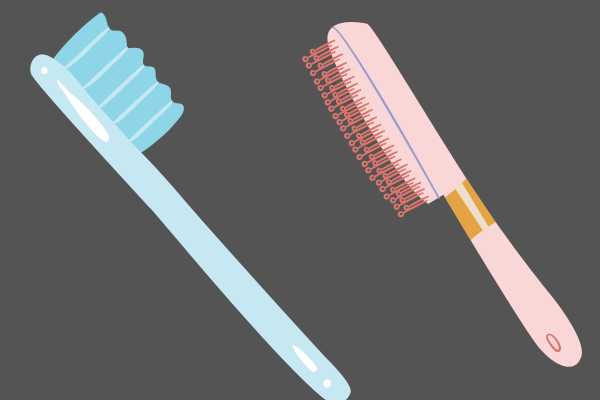
After soaking, take a clean toilet brush or scrub brush Holder and gently scrub the interior and exterior surfaces of the holders. Pay close attention to areas where buildup is most likely to occur, such as around the opening where it is inserted. Use a back-and-forth motion to dislodge any remaining residue and thoroughly clean the holders. For stubborn stains or buildup, you may need to use a bit of extra elbow grease or a scrubbing pad. Once you’ve scrubbed the entire holder, rinse it thoroughly with clean water to remove any remaining cleaning solution and debris.
Step 5: Rinse Thoroughly
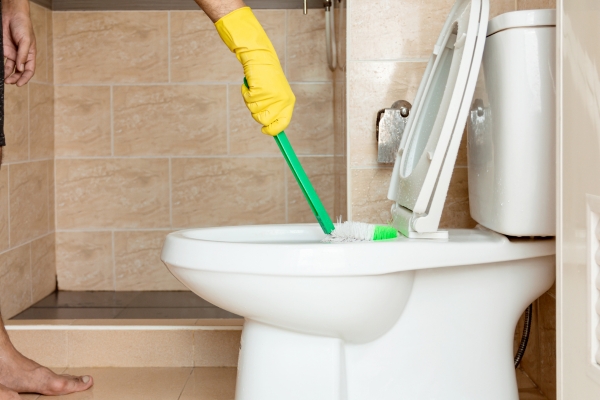
After scrubbing the holders, rinse it thoroughly with clean water to remove any traces of cleaning solution, dirt, and debris. Use running water or immerse the holder in a basin of fresh water, ensuring that all surfaces are rinsed clean. Pay attention to any crevices or hard-to-reach areas to ensure complete removal of residue. Rinsing the holders is essential to prevent any leftover cleaning agents from coming into contact with your brush or transferring onto other surfaces in your bathroom.
Step 6: Disinfect
Once the holder has been thoroughly rinsed, it’s time to disinfect it to kill any remaining germs and bacteria. You can use a disinfectant spray or wipes specifically designed for use in the bathroom. Alternatively, you may opt to create a disinfecting solution by mixing water with bleach or a commercial disinfectant cleaner according to the manufacturer’s instructions. Apply the disinfectant to all surfaces of the holder, including the interior and exterior, and allow it to sit for the recommended contact time to effectively kill germs. After disinfecting, rinse the holders once again with clean water to remove any disinfectant residue.
Step 7: Dry Completely
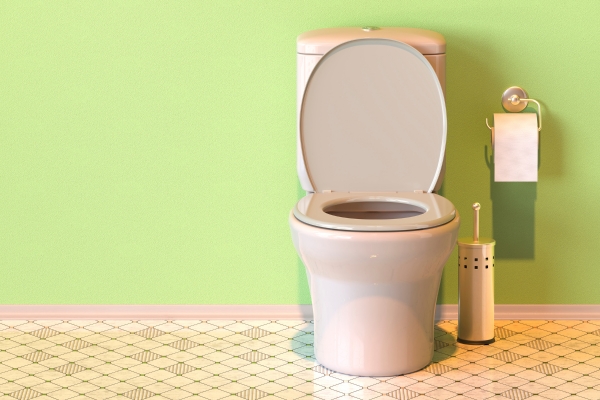
Finally, ensure that it is completely dry before returning to its place. Use a clean, dry cloth to wipe down the holders and remove any excess moisture. You can also leave the holder to air dry in a well-ventilated area to ensure thorough drying. Avoid returning the toilet brush to the holders until both the holders are completely dry to prevent the growth of mold and mildew. Once dry, reassemble the holders if necessary and place it back in its designated spot in the bathroom.
How Often Should You Clean It?
The frequency of cleaning your holder depends on several factors, including how often it is used and the level of buildup it accumulates. As a general rule of thumb, it’s advisable to clean the holders at least once a week to prevent the buildup of germs, bacteria, and odors. However, if your brush sees heavy use or if you notice visible signs of dirt or residue in the holder, more frequent cleaning may be necessary. Additionally, it’s a good idea to give the holders a thorough cleaning whenever you notice any unpleasant odors emanating from it or after cleaning your toilet bowl to maintain overall cleanliness in your bathroom.
Maintaining Cleanliness
In addition to regular cleaning, there are several practices you can adopt to help maintain the cleanliness of your brush holders. After each use, ensure that the toilet brush is thoroughly rinsed and shaken to remove excess water before placing it back in the holders. This helps prevent the buildup of moisture, which can contribute to the growth of mold and mildew. Additionally, consider using a brush with antimicrobial properties or regularly treating. The brush with a disinfectant spray to help minimize the transfer of germs to the holder. Lastly, periodically inspect the holders for any signs of damage or wear and tear. And replace it if necessary to maintain optimal hygiene in your bathroom.
Conclusion
A clean toilet brush holder is essential for maintaining a hygienic bathroom environment. And preventing the spread of germs and bacteria. By following a regular cleaning routine and adopting proper maintenance practices, you can ensure that it remains clean and sanitary, contributing to a fresher and more pleasant bathroom experience for you and your family. Remember to empty, soak, scrub, rinse, disinfect, and dry the holders regularly to keep it free from dirt, odors, and harmful microorganisms. With proper care and attention, It can continue to serve its purpose effectively while promoting a healthier living space.
